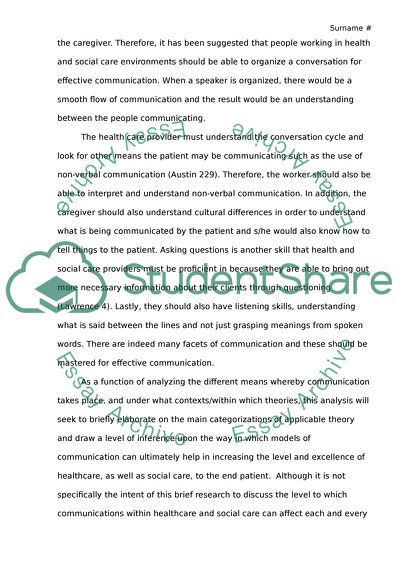Cite this document
(“Human relationship and introduction to counseling Essay”, n.d.)
Retrieved from https://studentshare.org/nursing/1402156-human-relationship-and-introduction-to-counseling
Retrieved from https://studentshare.org/nursing/1402156-human-relationship-and-introduction-to-counseling
(Human Relationship and Introduction to Counseling Essay)
https://studentshare.org/nursing/1402156-human-relationship-and-introduction-to-counseling.
https://studentshare.org/nursing/1402156-human-relationship-and-introduction-to-counseling.
“Human Relationship and Introduction to Counseling Essay”, n.d. https://studentshare.org/nursing/1402156-human-relationship-and-introduction-to-counseling.


